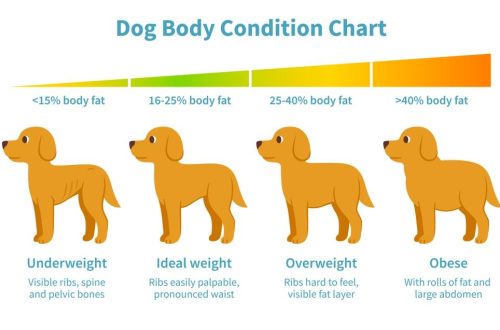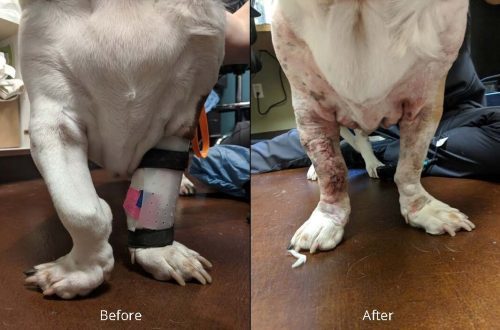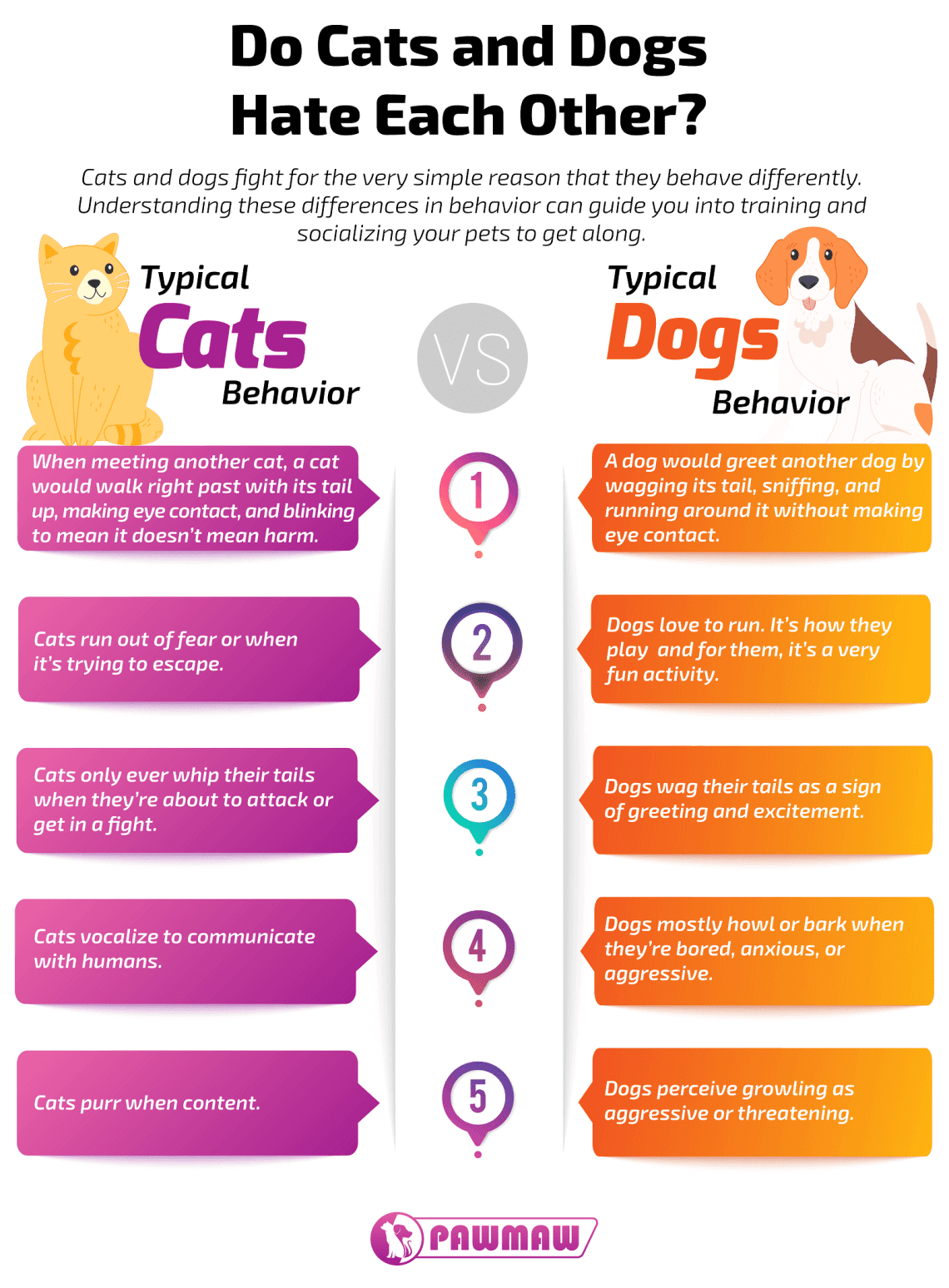
Why don’t cats and dogs understand each other?
Often cats and dogs, to put it mildly, are not happy with each other. And this is due to the fact that they … “speak” different languages! Why don’t cats and dogs understand each other?
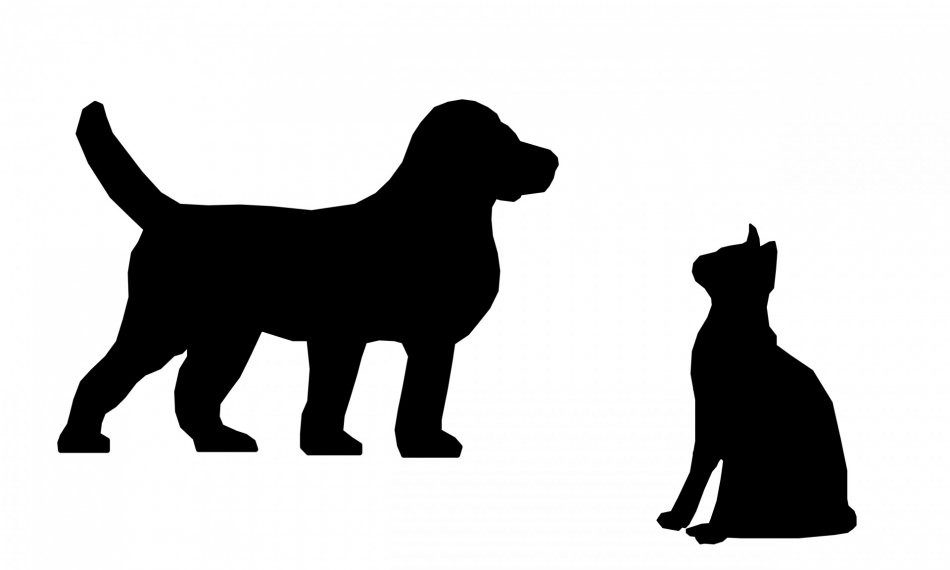
Photo: publicdomainpictures.net
“The language barrier”
The fact is that dogs and cats have very similar body language signals, but the meaning of these signals is sometimes just the opposite. It’s like words or gestures from different languages, because of which sometimes there is a misunderstanding between representatives of different nationalities.
What are these signals that prevent dogs and cats from understanding each other?
- Tail held high. In cats, this gesture expresses self-confidence and friendliness – this is how they greet friends. In dogs, the tail raised up often indicates excitement and tension, and sometimes aggressive intentions.
- tail wagging. A wagging tail in a dog can be a signal of excitement or joy, but in a cat it is a sign of irritation. A friendly-minded dog that does not understand the body language of a cat can be incredibly surprised when a tail-wagging purr is not at all happy to communicate with her.
- Ears laid back or flattened. In a dog, flattened ears can indicate friendliness, submission, the desire to calm the “interlocutor” or fear – other body signals must be taken into account here. In a cat, the ears laid back are evidence of tension, anxiety and readiness to defend or attack, and if the cat’s ears are pressed, it means she is afraid and ready to defend her life.
- The animal turns sideways. In dogs, this posture is a signal of reconciliation, the desire to get rid of the threat and make it clear to the “interlocutor” that she does not threaten him with anything. But if the cat turns sideways, it means that she is preparing for a fight and threatens, intimidates the enemy, trying to seem larger than she really is.
- The animal falls on its back. If a dog falls on its back, it may be a sign of submission or an invitation to play. A cat lying on its back can also be quite peaceful (to rest or invite to communicate), but sometimes this posture is an indication of a readiness to defend itself (combined with flattened ears and dilated pupils).
- Raised up as if in greeting paw. If the dog raises his paw high up or touches you, he is probably inviting you to play. If a cat raises its paw, this may be a threatening signal.
- The animal crouches to the ground with its ears flattened and its tail wagging. If the dog does it, he invites you to play. In the language of cats, such behavior indicates fear or irritation and a willingness to show aggression.
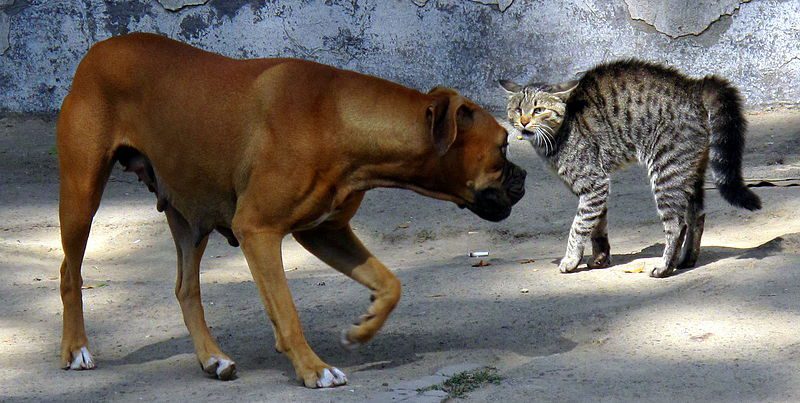
In the photo: a dog and a cat clearly do not understand each other. Photo: wikimedia.org
Can cats and dogs learn to understand each other?
But everything is not so hopeless. A cat and a dog may well learn to understand each other, which means they can live together.
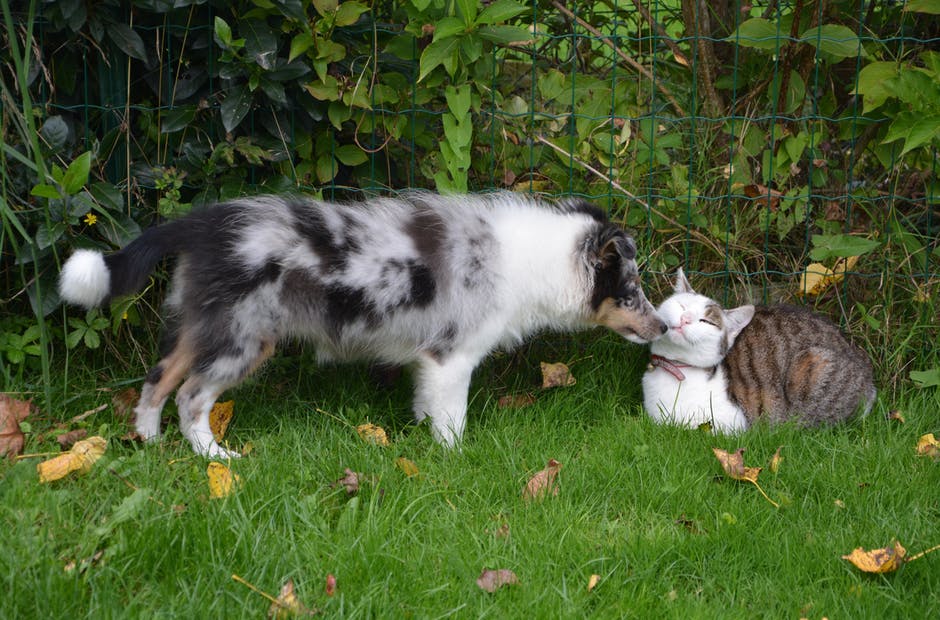
Photo: pexels.com
Scientists conducted a study (Feuerstein, Terkel, 2007) and found that if a kitten and a puppy met in childhood, then in 77% of cases dogs and in 90% of cases cats correctly interpret body language signals of a representative of another species, even if these signals are opposite to their own. . That is, both cats and dogs in childhood are quite capable of mastering a “foreign language” and learning to understand each other.
It is more difficult for an adult dog and cat to learn to understand a member of another species, but this is also possible if they have a chance to safely meet, observe and interact with each other.
And your task, if both a cat and a dog have settled in your house, is to create the necessary conditions for this.



